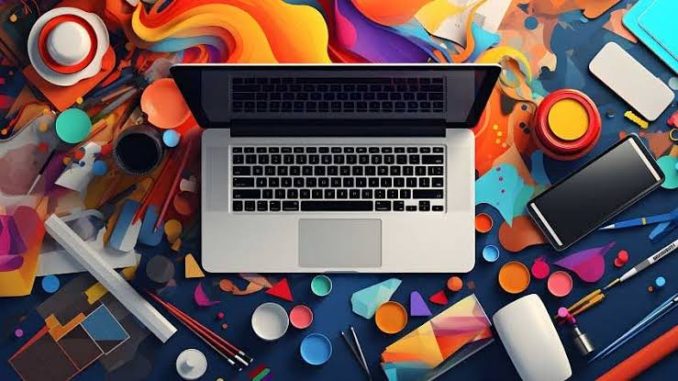
Advertisement
In 2025, graphic design continues to evolve rapidly, fusing artistic vision with the most advanced technologies. With businesses, brands, and creators trying to make their presence known in the ever-crowding digital space, the need for innovative graphic design has never been more important.
1. Personalized and Data-Driven Design
One of the enormous transitions in graphic design would be a strong focus on personalization. With AI and machine learning, now designers can come up with tailor-made visuals to strike chords with target audiences based on their behavior, preferences, and browsing habits.
This enables designers to create designs that seem more relevant and engaging by analyzing vast amounts of data. The data-driven approach will ensure that the design is not only aesthetically pleasing but also strategically effective in capturing attention and fostering loyalty.
2. Immersive and Interactive Experiences
Augmented and Virtual Reality are immersive dimensions that plunge graphic design into a world of the future. In 2025, these technologies enable brands to visually interact with users in ways unimaginable previously-from AR-driven ads down to showcases of virtual products.
Advertisement
Whatever creative possibilities promise, graphic designers can deliver over and above.
It lets users interact with designs in ways they never could have before, making the experience of interacting with a design both memorable and impactful. In fact, the future of design really lies in making this digital environment feel more real and engaging, and interactive design is right at the forefront.
3. Sustainability and Ethical Design
Sustainability has taken the center stage in graphic design, as environmental and social issues rise to the fore. For 2025, a growing number of designers focus on creating eco-friendly designs by focusing on minimalism, reduction of waste, and ethical practices. This includes using sustainable materials, designing for longevity, and creating visual content that promotes social good.
Brands that adopt the philosophy of sustainable design mirror a commitment not only to the environment but also to socially aware consumers who believe in responsible practices.
4. AI-Assisted Design
Artificial intelligence has opened up new horizons for graphic designers in 2025. Now, AI can help the graphic designer with ideas on generating designs, suggesting color schemes, and even predicting design trends. While AI cannot replace the human touch, it frees the designer to be more productive and work at a faster pace, letting technology handle the repetitive tasks as their creativity focuses on high-level concepts.
This results in the synergy between human creativity and the efficiencies provided by AI in driving ground-breaking and influential design processes, all within considerably shortened timelines, hence more productivity.
5. Bold Typography and Motion Graphics
With modern design, there’s a bigger and more active role for typography and motion graphics. Strong, expressive fonts are used to express the personality of a brand, while motion graphics and animations engage and immerse viewers into the story. This combination of typography with dynamic visuals and animation can make for a powerful storytelling tool, making content more memorable and engaging.
Conclusion
Graphic design in 2025 is way beyond the aesthetic appeal of a creative experience; rather, it’s about designing innovative experiences that will engage, inspire, and leave marks in the minds of people. Be it data-driven designs, immersive technologies, or sustainable practices, graphic designers are stretching the envelope of what is possible in the digital space. And while much about the industry will continue to shift in the coming years, one thing does remain certain: the power of graphic design to make an impact has never been greater.
Advertisement

Leave a Reply